Are we at the thin end of a sober wedge? A 2017 study found that 75% of 21 to 35-year-olds limit their alcohol on nights out, citing reasons of staying in control and remaining self-aware.
That’s bad for the booze giants, right? Wrong. Here is a generation that has the same characteristics as every generation of young people since the dawn of time but exhibits those traits in a manner that has never been seen before. Uncharted territory for brands, but a huge opportunity.
The area of the brain responsible for decision-making, the frontal cortex, develops last, around our mid/late 20s. Before this development, risk-taking, novelty and belonging are the predominant characteristics of youth. However, the decision-making of the current generation of under-30s is also affected, more than any before, by the culture that surrounds them.
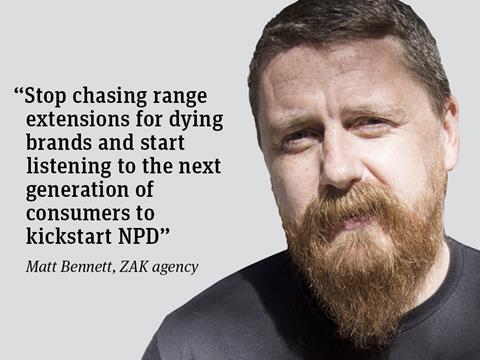
Risk is represented by extrinsic demonstrations of your own personal values. In a booze context, it’s being who you want to be, not succumbing to social pressure.
Novelty is no longer trying anything new that is put in front of you. This generation want more than stimulation. They want meaning. And finding out what a brand stands for keeps them interested. Jumping on a new-flavour NPD bandwagon does not.
And belonging, once tribal in nature, has changed. Under-30s advocate and seek out diversity. And younger people today form relationships around shared moments. Watching The X Factor together - or indeed apart but connected by social media.
So stop chasing range extensions for dying brands and start listening to this unprecedented generation to kickstart NPD.
With just as much consideration going into its recipe as the best gins, Seedlip is allowing them to stand their teetotal ground and still buy a premium tipple. Thoroughly representing their values of self-awareness and control without undermining their desire to demonstrate discernment.
But it’s not all about sobriety. Under-30s do still want the rewarding feeling of buying a premium alcoholic drink.
How can alcohol brands be more relevant? Novelty doesn’t suit heritage brands and curiosity is the norm for introducing drinkers into manufacturing and ingredients stories. Risk taking is out, thanks to the Portman Group, but that leaves bravery as an opportunity. If a brand demonstrates (not advertises) genuine bravery it can align with consumers to achieve synchronicity.
Look outside of the category for a shining example. Patagonia runs the biggest repair workshop in US under its ‘wornwear’ programme. It tells you not to buy their shiny new gear. But instead to recycle or repair your old gear, or buy some already repaired. Patagonia’s sustainability programme has driven the company’s growth for decades.
You need purpose. You need brand stories that authentically connect to that purpose. But that’s not enough. Demand more of your brand. Because under-30s demand more of it. Lazy brands may not collapse in the next few years, but they will hoover up budget just to stand still. And standing still will do no good.
Matt Bennett is co-founder and chief creative officer at ZAK



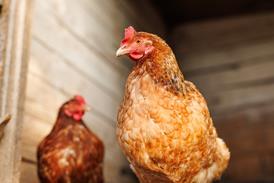
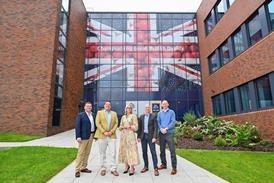


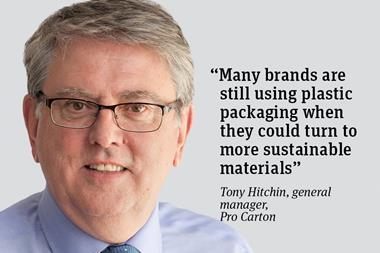
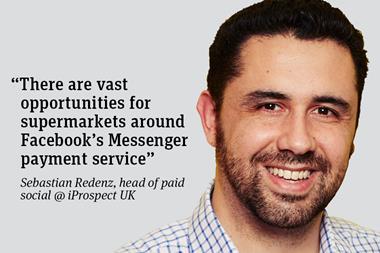

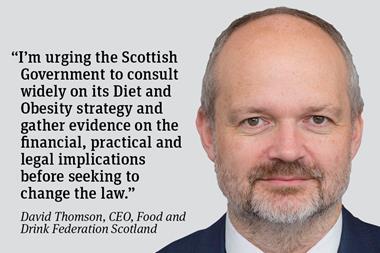

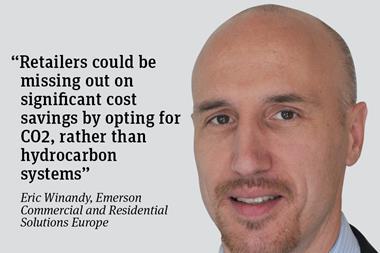
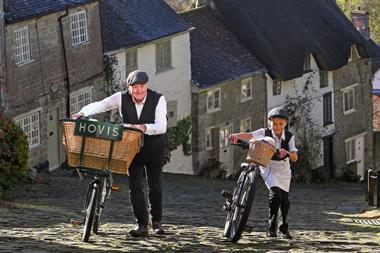

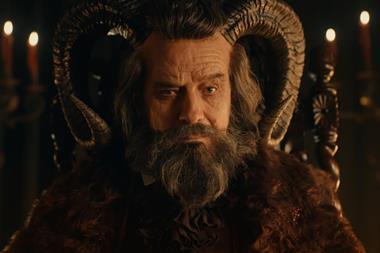
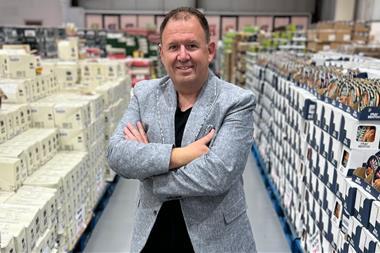

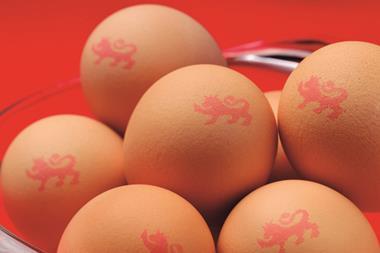
No comments yet